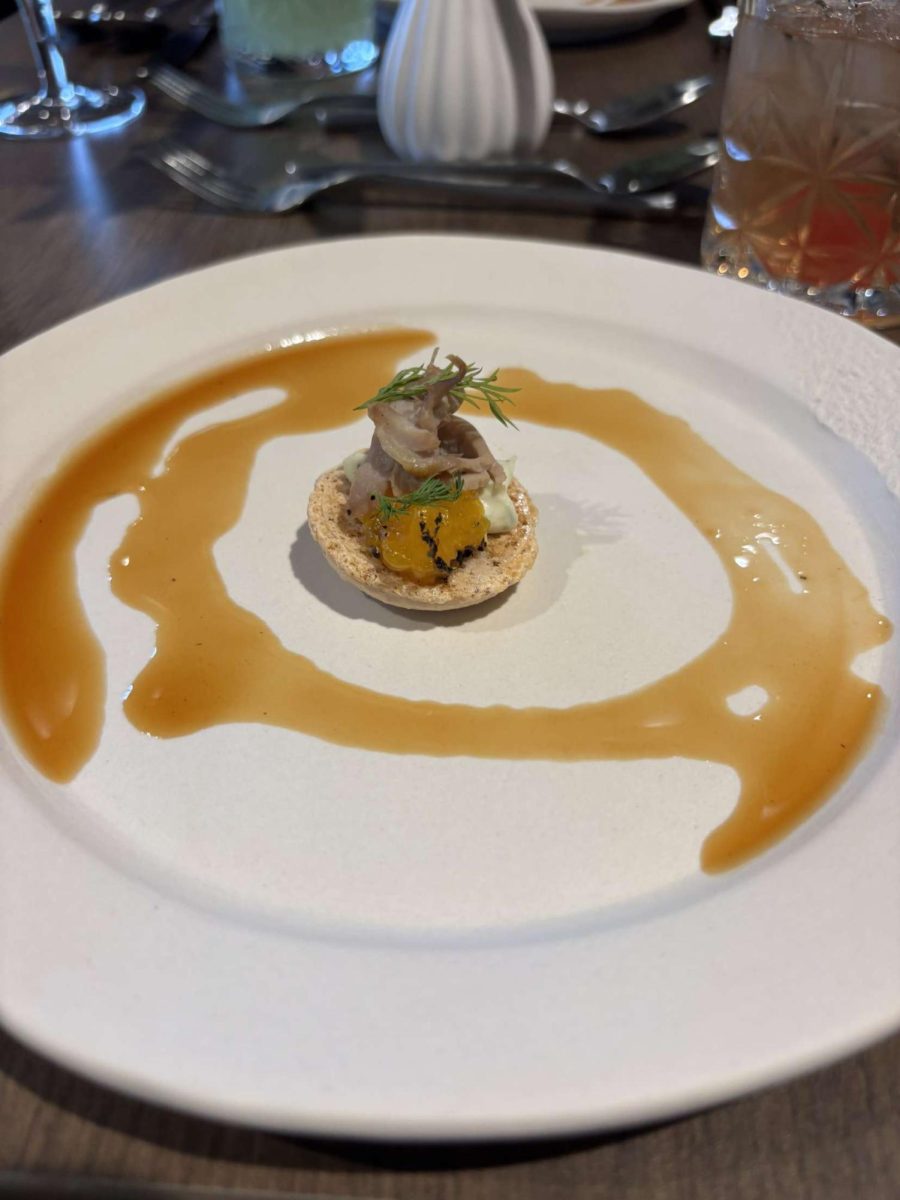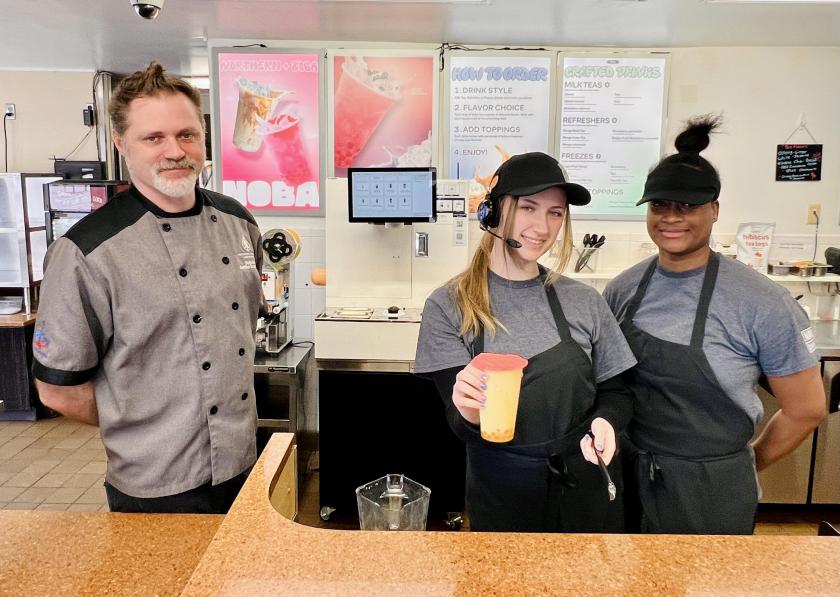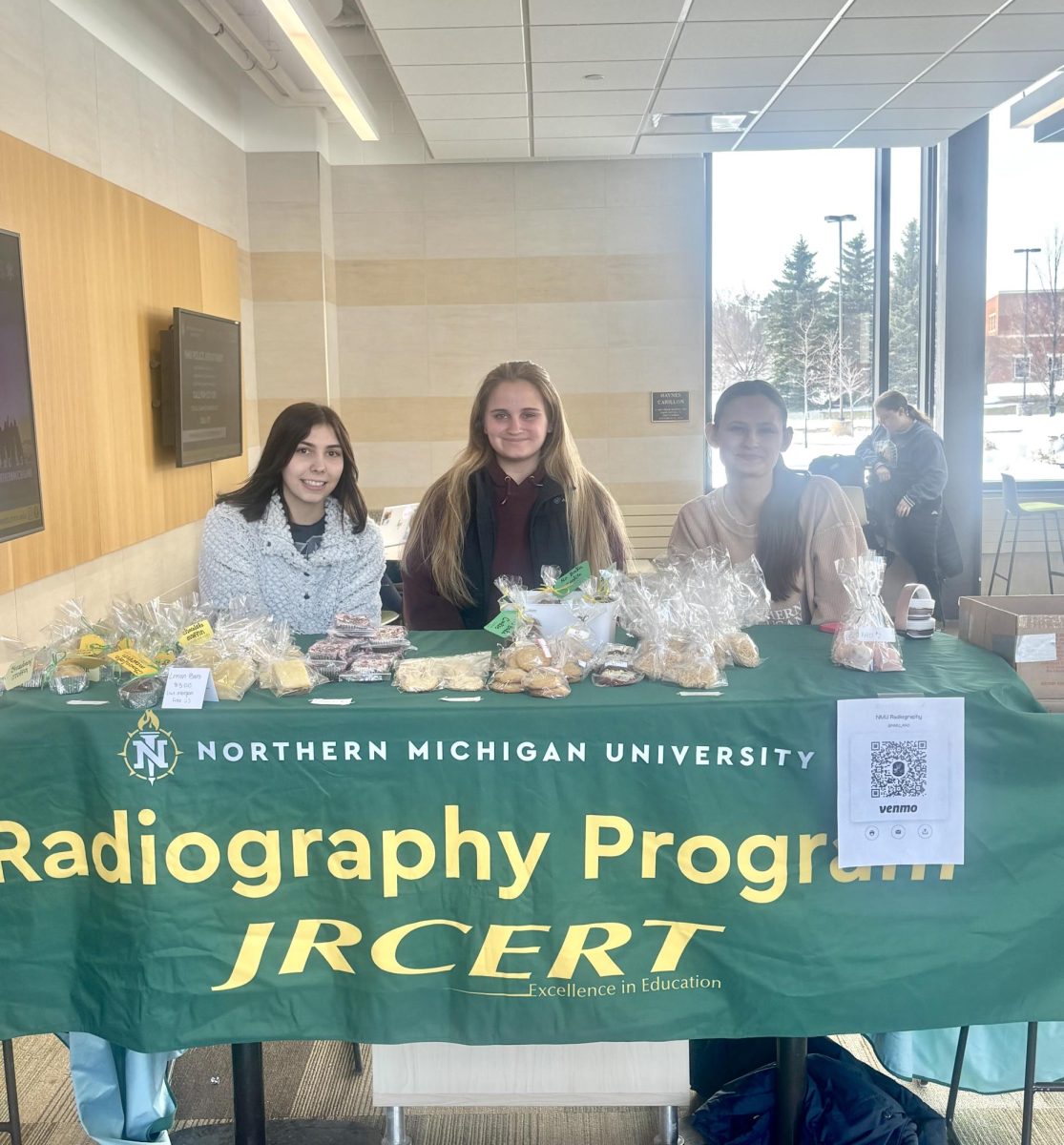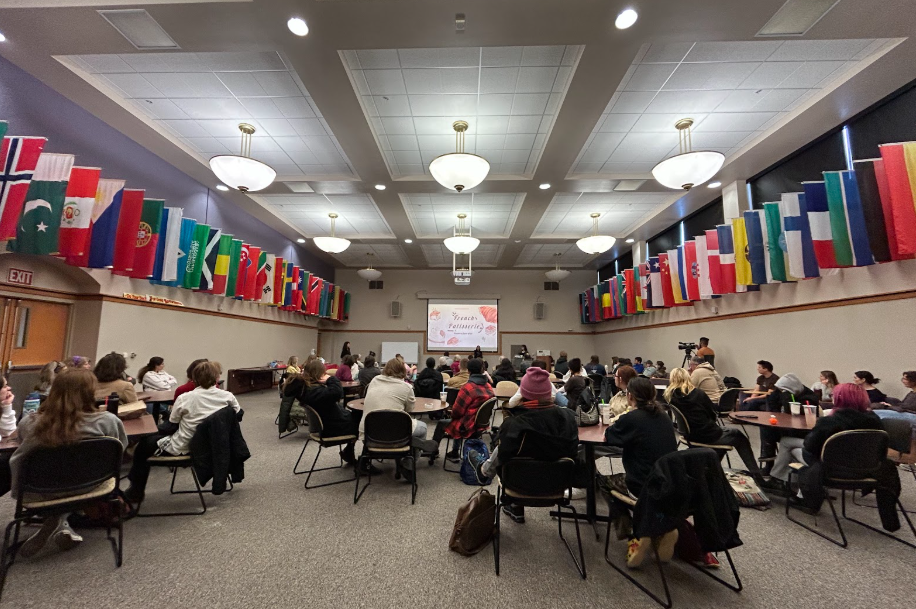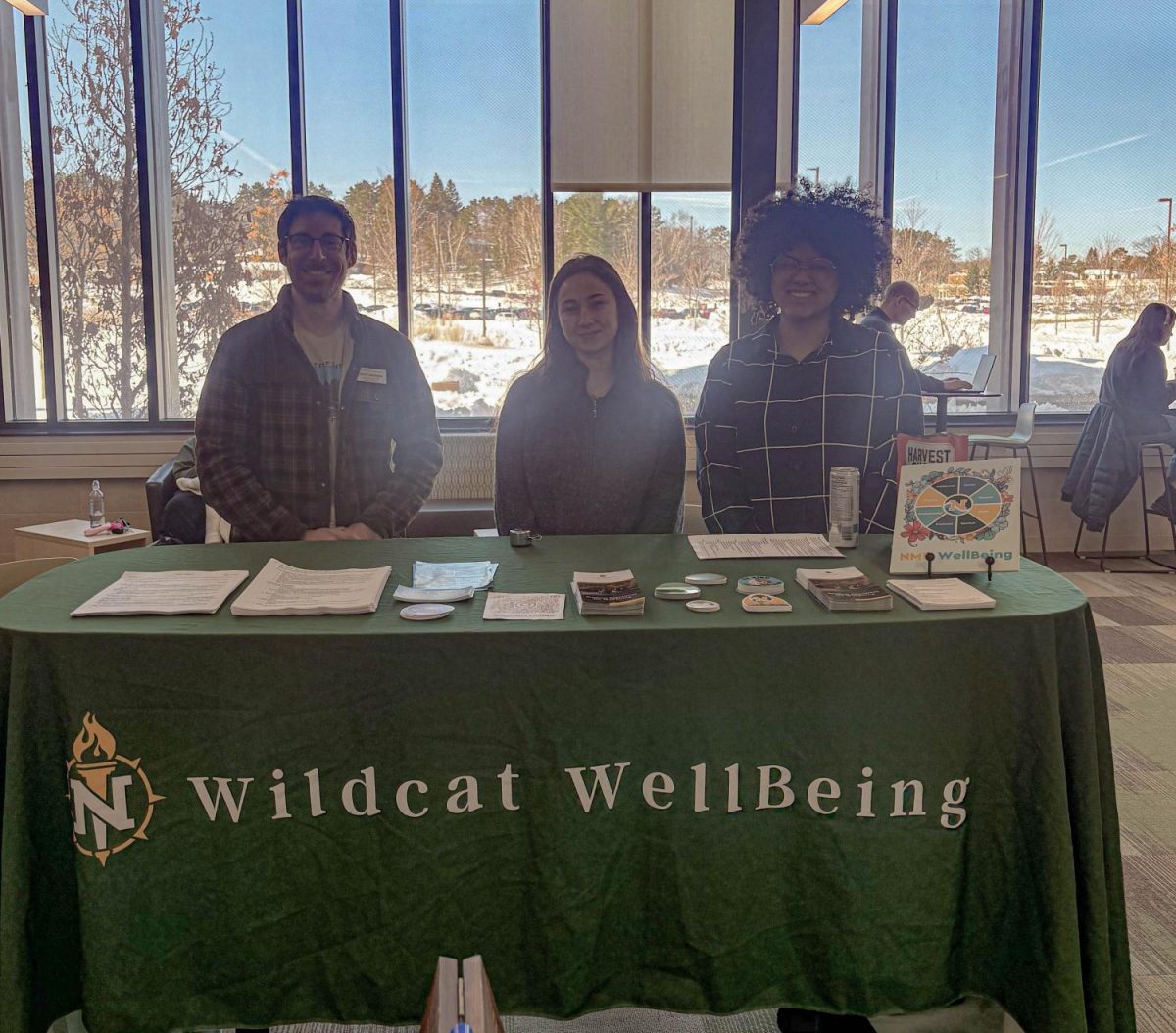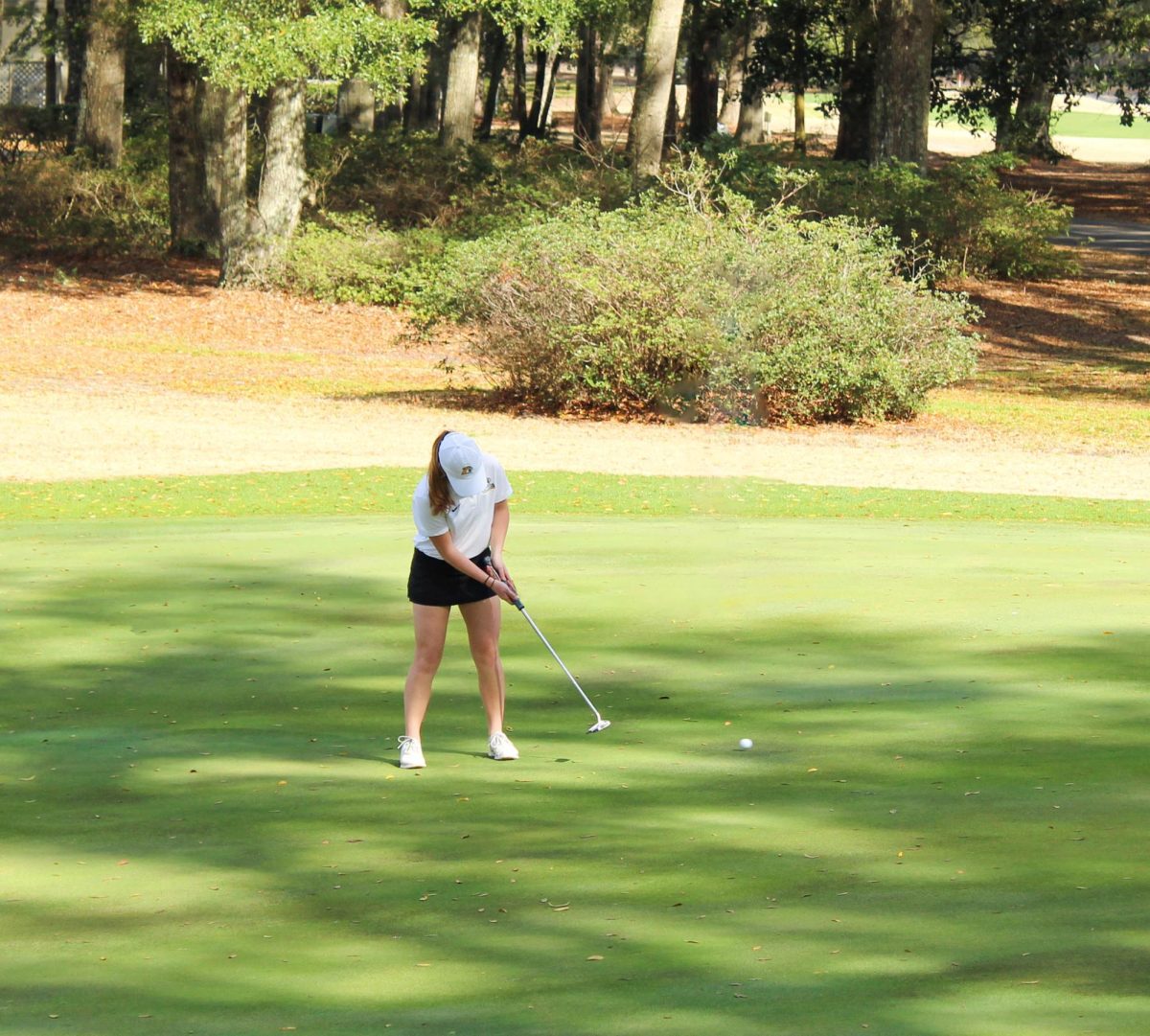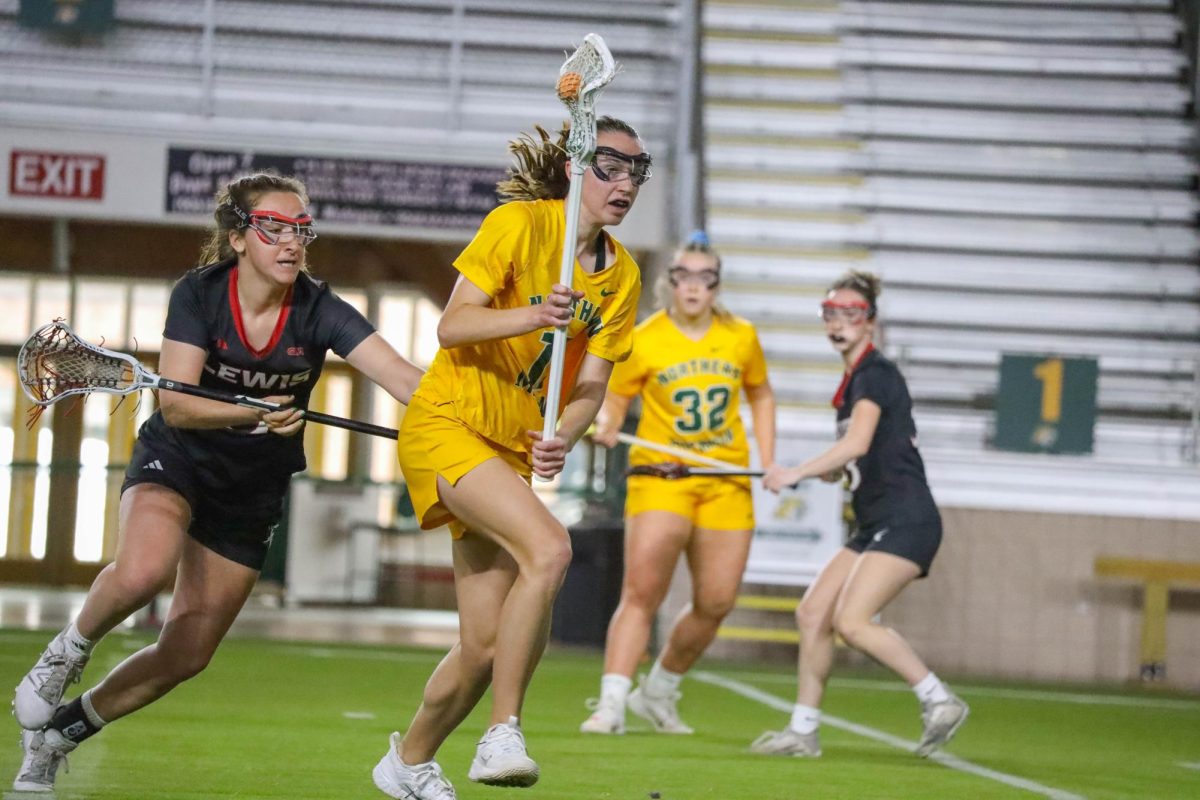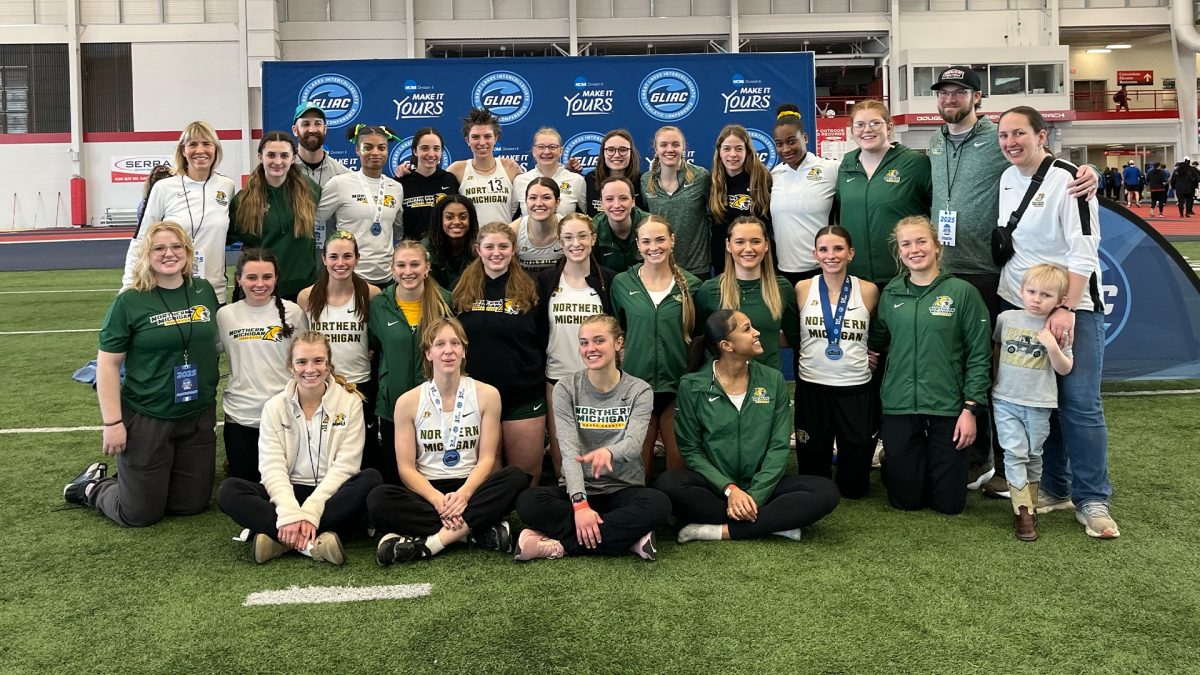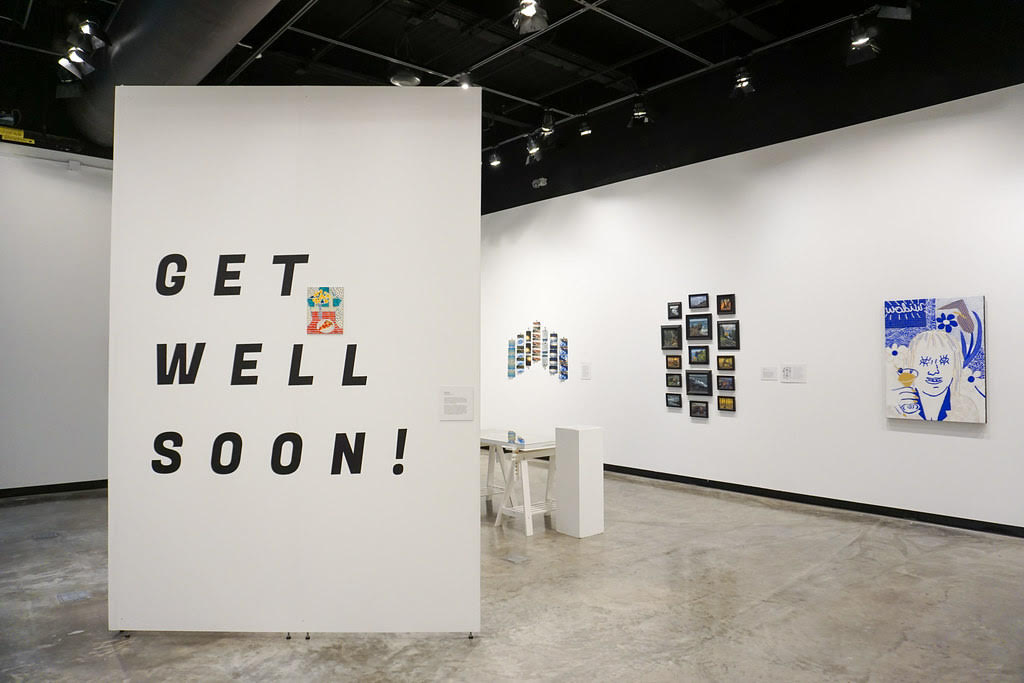Beginning on Jan. 22 and lasting until March 22, the DeVos Art Museum will be holding the 2021 Faculty Biennial. The exhibition will present the achievements made by 17 of the current faculty of the School of Art and Design by highlighting all concentrations from ceramics to photography.
Located in the DeVos Art Museum, the exhibition will be open during the weekdays 12-5 p.m. with the building being open to students, faculty and staff for in-person programs as a response to COVID-19. The museum reminds those who plan on visiting to follow the health and safety guidelines of properly wearing a mask, washing hands and social distancing.
“The health and safety of the community is our highest priority,” according to the DeVos Art Museum COVID-19 response. “We will continue to adapt to changing public health recommendations.”
The biennial is hosted every two years and is open to all faculty members in the School of Art and Design to showcase their work. Emily Lanctot, director and curator for the DeVos Art Museum, said that the exhibition focuses on the faculty’s work and the research they have put into their pieces.
“A biennial is an exhibition that happens every two years, so it’s sort of modeled off that. So kind of checking in every two years and seeing what the faculty are doing. In this case, focusing on faculty work and their research, ” Lanctot said. “It’s an exhibition of that research and work that’s happened over the past two years.”
Brian Kakas, associate ceramics professor, is one of the 17 who will be displaying work at the exhibition. Kakas said that he was excited to be presenting after working in his home studio where he was awarded a sabbatical during the past fall semester to produce work.
“This is the first time exhibiting the new directions of research exploring content, forms and clay/glaze chemistry. This opportunity also allows the faculty to engage with the students both in and beyond the topics explored within our curriculum,” Kakas said. “My current work on display was developed through an initial set of rules focused on color and design theory directly from the School of Art & Design’ s Foundation Program.”
Kakas has two pieces from larger bodies of work that he has been working on. Kakas said that the ideas have been in development for years and are mostly based on content/theory of design and material science that directed the development of the curriculum in the ceramics program. Kakas said that he’s still just scratching the tip of the iceberg, but has been having the most fun in the studio in years.
“The plate project, Detail Studies, was a part of a design challenge that pushed me to think about how to employ foundational theory to the form of the plates. Using color theory, balance and harmony of design and surface dimension, I strived to create a new plate every day that expressed what life was like stuck inside the reoccurring pattern of lockdown,” Kakas said. “Forms explored in the Inversion of Nature are derived from hybridizations of 20th-century structural design aesthetics in architecture, and mathematical theories exploring systems of growth, patterns and dimensions,”
Featured theories included in Kakas’ work are the Golden Ratio, Fibonacci Sequences and Gnomic Spirals. Kakas said that the theories are applied to the ratios and dimensions of segments within the modular mold fabrication system.
“These structures and patterns are not so different from the cycles and rhythms we encounter in our lives. Ultimately, I hope to layer these details pulled from these day-to-day cycles, ordinary domestic objects, and memory in my work to illuminate the grandiose residing in the background of our daily lives,” Kakas said. “These moments are often quiet, easily overlooked, and yet in the quietude, there is an unfathomable depth of emotion.”
While director and curator for the museum, Lanctot also serves as a contingent professor for the School of Art and Design with her own work being displayed in the exhibition. Lanctot’s piece is titled “Get Well Soon” and presents the idea of ways to get well during the current time.
“The work is thinking about all the ways in which we have the possibility of getting well in these trying times,” Lanctot said. “It is thinking about that idea of sending someone a wish to get well, a card and then it was taking these vintage cards and translating them into sort of an alternate get well soon wish.”
For many artists, presenting their work becomes almost second nature. Discussing their work and opening up the conversation to more topics than what is talked about in their piece to connect viewers with the art is something artists aspire to create. Lanctot said that it is important to show your work and research.
“As an artist, we not only learn about our audiences, but we learn about our own work through conversation and dialogue with viewers,” Lanctot said. “I think also, it’s great to share our work with students to encourage this practice of exhibiting through the exhibition that people become aware of our work and that we have conversations around big ideas.”
Lanctot continued by saying that exhibitions are important for not just the artists, but students as well as they can see what their faculty have created and the models presented. Part of displaying work is writing artist statements and students can see how those are written up as well as the different approaches to displaying their work.
“For a presentation alone, you know, just the way that you frame something or that you choose to hang it on the wall or that you choose to display, it is a learning lesson in itself,” Lanctot said. “These things seem like they don’t take any time at all, but sometimes that’s the hardest part is actually just thinking about how you’ll present a work to the public so that they’re able to suss out what you’re trying to say and discern your visual language in an easy way.”
The exhibition is a collaboration with various artists from the School of Art and Design to display different pieces of art. Lanctot said that her favorite part about the collaboration around art is that it enhances more ways of learning by being better viewers of art. Instead of looking for a short time, becoming a better viewer means looking for a longer period.
“I think then many, many more things can be revealed than we thought at first glance,” Lanctot said. “These opportunities are really an invitation to understand how other people think, and how other people conduct research and so I think that’s, you know, really exciting to see behind the curtain and faculty practices.”
For more information about the 2021 Faculty Biennial or visiting the DeVos Art Museum, call the front desk at 906-227-2235. Due to an HVAC malfunction, the museum will be closed for a few days. For those interested in viewing the exhibition in the meantime, the album is posted on flickr.









